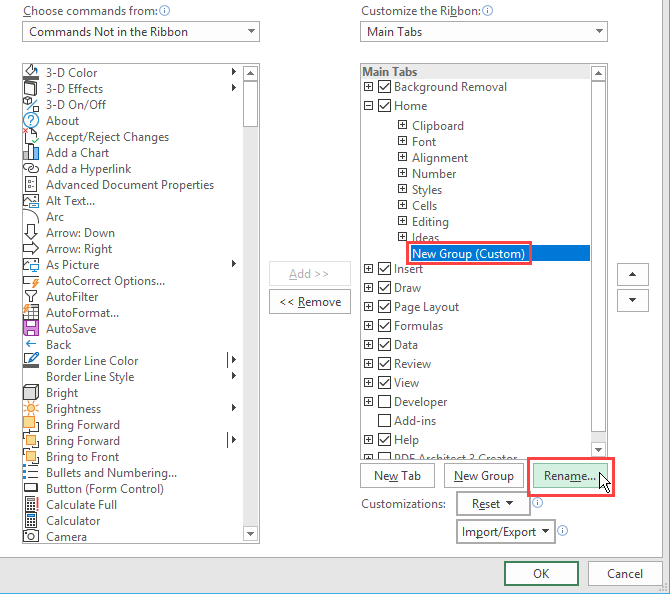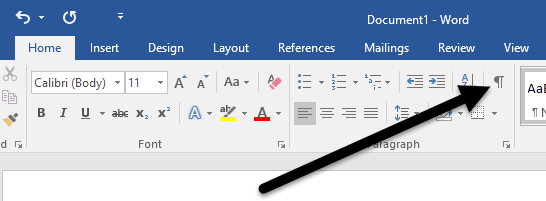


Microsoft did a major overhaul, in this version, on the way it displays documents and removed many of what were previously considered compatibility options.

Make sure the Split Apart Page Break and Paragraph Mark check box is selected.

It is at the very bottom of the dialog box you may need to click the arrow at the left side of the options to see them all. Scroll down until you see the Page Layout options (Compatibility Options in Word 2019 and Word in Office 365).Click Advanced at the left side of the dialog box.In Word 2010 and later versions (except Word 2013) display the File tab of the ribbon and then click Options.) (In Word 2007 click the Office button and then click Word Options. If you prefer that Word behave in the old-style way (where it doesn't add page breaks on their own paragraph, but instead puts them in the paragraph in which the insertion point is located), then follow these steps: The deletion gets rid of the paragraph mark, but leaves the page break, which is displayed in the traditional way that page breaks are displayed. The inserted paragraph uses the Normal style. In the latest versions of Word, every time you insert a page break, it places that page break in its own paragraph. What you've done when you hit Backspace is to delete the paragraph mark. If you again press Backspace (assuming your insertion point is at the left side of the screen), then the old-style indicator (margin-to-margin) again appears. Note that the indicator does not extend across the whole page and it also includes a paragraph mark at the right side. (Again, press Shift+Ctrl+8.) When you do, you should see the page break indicator appear. Now go ahead and turn on the display of all non-printing characters in the document. Now, immediately press Ctrl+Z to undo the effects of pressing Backspace. You will then see the traditional margin-to-margin page break indication appear. With your insertion point still at the beginning of that second paragraph, press the Backspace key. Put the insertion point at the beginning of the second paragraph and press Ctrl+Enter to add a page break.Īt this point, you should see no indication that a page break has been inserted in the document, other than a "skipped" line, which Jessie referred to.(Just press Shift+Ctrl+8 as many times as necessary to hide the display of the non-printing characters.) Make sure that non-printing characters are not displayed on your screen.Word inserts several paragraphs of text in your document. Make sure you are viewing the document in Draft view.When you insert a page beak in your document, what you see depends on whether you have non-printing characters displayed on the screen or not. Jesse has noticed one of the odd behaviors of the newest versions of Word. Jesse wonders what is causing the Backspace to be required to see the page break. If Jesse then hits Backspace, the page break line appears in the skipped line. In some documents, however, hitting Ctrl+Enter simply skips a line and there's no indication a page break has been inserted. In most documents when he inserts a page break by hitting Ctrl-Enter it appears as a visible line across the page with the words "page break" in the line.


 0 kommentar(er)
0 kommentar(er)
